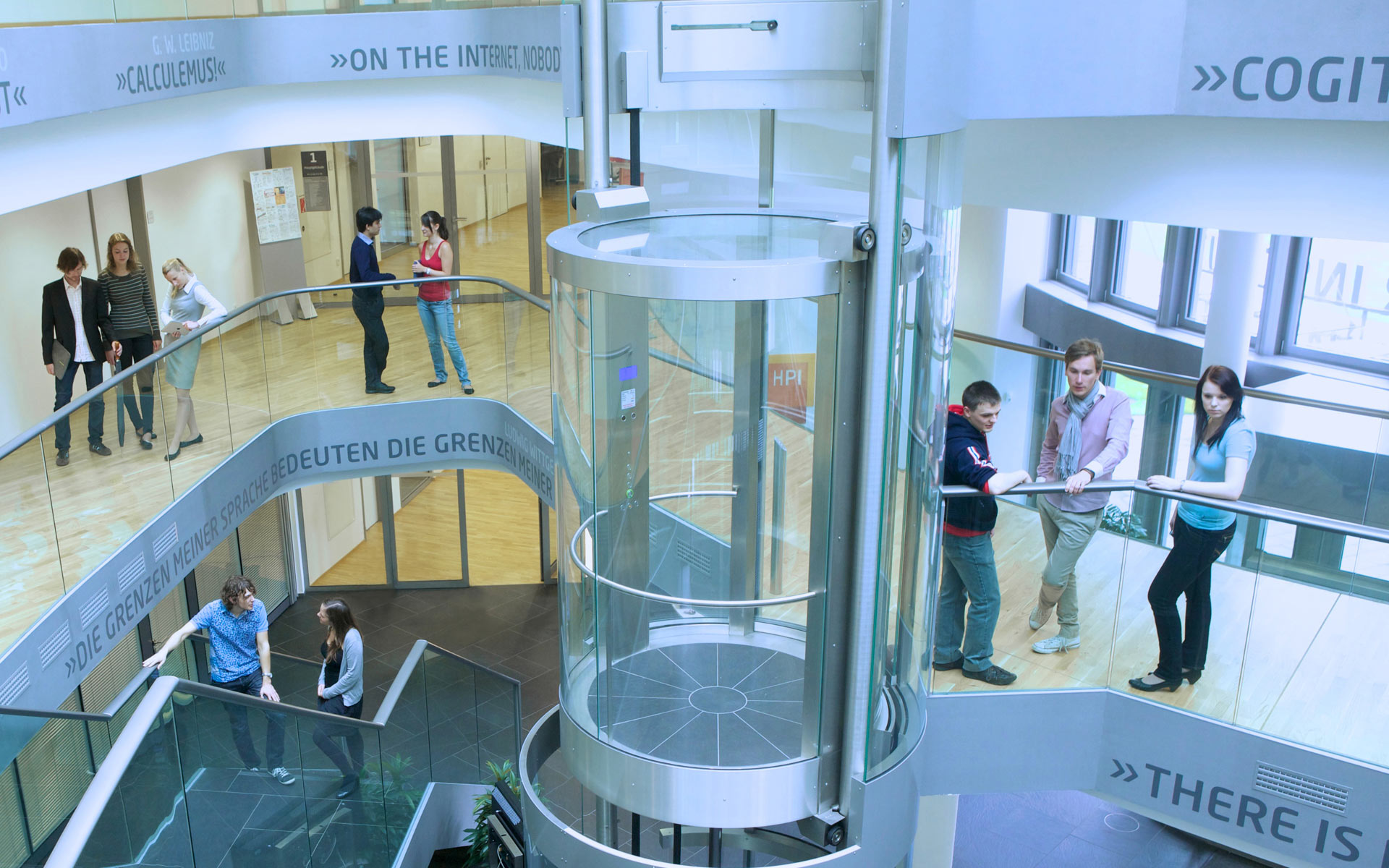The technical basis for the hosting of the video data generated with the tele-TASK system is a Python based web-engine. The open source web-framework Django is used here. Everyone around the whole world can access a high percentage of the lectures held at the HPI displaying the presenter in an audio and video stream as well as his presentation (screen of his laptop) at the same time. Weekly 2000 people (unique visits) from all over the world are visiting the tele-TASK archive with more than 4200 lectures and 14000 podcasts free of charge via a web-browser. The enormous number of hits counting about 29 millions from the start of the portal until now makes the success of the tele-TASK portal visible.
The web 2.0 functionalities can be accessed via the new menu item "MY tele-TASK". Once logged in as a user in the tele-TASK web portal you will be able to personally save frequently used search criteria, add tags to lectures, create annotations, assemble your own playlists and vote for the lectures you viewed. The user-generated tags and annotations, if made public, as well as the votes will be searchable as well.

The video indexing functions are based on the automatic recognition of important content and keywords out of the audio and video data of the lecture recordings. OCR and ASR techniques are used to automatically generate a clickable overview of the lecture content, a timeline-based slide-roll offering a preview of all slides in the lecture and a timeline-based keyword-functionality that allows to browse and search through the most important keywords of different sections in the video.
More details about the web 2.0 and video indexing functionalities can be found in the section tele-TASK Lecture Browser.

